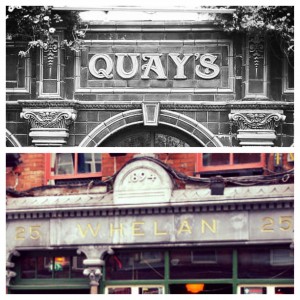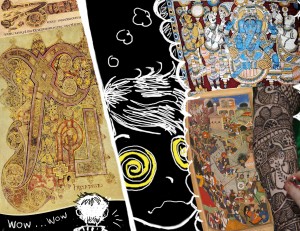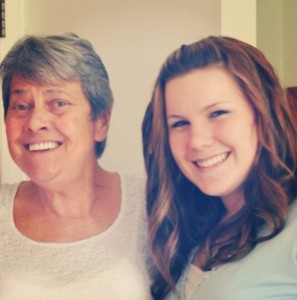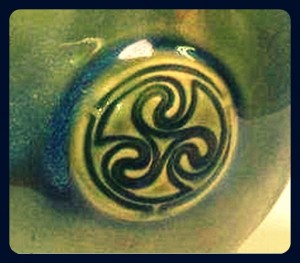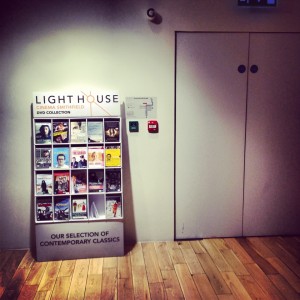Like every other naïve American tourist, I was completely unsure as to what nightlife would be like over here in Ireland. I immediately assumed that there would be Irish step dancing at every pub and it would be nothing like the nightlife and dancing in America. To my surprise, Ireland’s dancing and entertainment scene is more Americanized than I thought.
Similar to any other big city, the tourism is what keeps cities afloat. I discovered through my time here in Dublin that there are so many different places to go at night, but only recently I realized the big difference between a tourist spot and a local spot. Around the big “touristy” areas of the city like Temple Bar and Grafton Street there are signs everywhere that say “Traditional Irish Dancing & Music Here!” But then when I go to parts of the city like Wexford Street and Camden Street, it’s a completely different atmosphere.
A pub like Quay’s in the Temple bar area has the traditional Irish ambiance that tourists tend to crave. It’s a huge pub with live traditional Irish music, traditional Irish food, overpriced pints and Irish step dancing as the source of entertainment. The crowd is made up of mostly tourists and some locals who still enjoy the traditional Irish dancing and music. When I asked one of the local guys sitting in the pub why there is so much promotion for traditional Irish dancing around the Temple Bar area, he said, “that’s what tourists expect and since tourism is how we make our bread and butter, we make the visitors happy.”
The places outside of the Temple Bar and Grafton Street areas have completely different vibes to me. Now that I’ve been here for a few weeks, have talked to different local Dubliners, and have experienced many different pubs and nightlife, I have noticed something really surprising. All of the places that I’ve enjoyed going to have had no traditional Irish dancing at all and those are also the popular places for Dubliners to hang out.
It was ironic to me that the pubs where there is a lot of local Irish people, traditional Ireland is pretty much out the window and the dancing is a lot more Americanized. For example, Whelan’s is a spot that I really enjoy going to and a place where many locals go as well. The cover bands at Whelan’s play American music and the people practice the dance moves seen in the latest Nicki Minaj music video. I almost feel as though I’m at a pub in Philadelphia with the music and the dancing happening around me.
Although I came to Ireland expecting tradition and I’ve lived something completely different, I will say that I have enjoyed experiencing both sides of Ireland. While the traditional dancing is fun to watch and discover, I like that there’s a piece of home here in Dublin, through the dancing and the nightlife.
-Shannon Haugh

